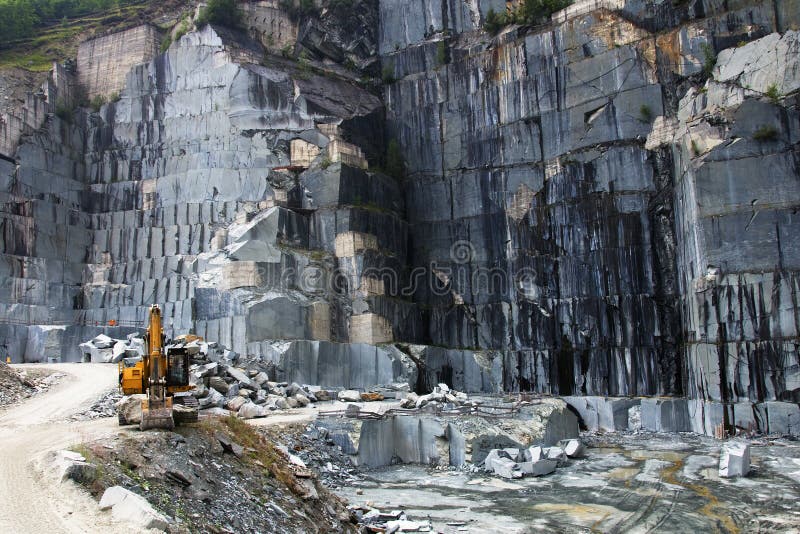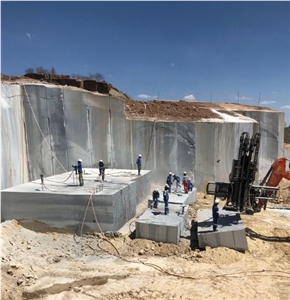Revealing Granite Quarries in South Africa Heritage: A Journey Through Quarries
Revealing Granite Quarries in South Africa Heritage: A Journey Through Quarries
Blog Article
Introducing the Mysteries of Granite Quarrying: Where Toughness and Beauty Meet
The world of granite quarrying is a world where the raw strength of nature converges with human virtuosity to produce structures that stand the test of time with an air of sophistication. From the depths of quarries to the careful sprucing up in workshops, the process of transforming granite into architectural wonders is a complex dancing of practice and advancement. As we peer right into the depths of this old craft, we start to reveal the surprise details that form the extremely essence of our developed environment.
The Beginnings of Granite Quarrying
In the record of architectural history, the origins of granite quarrying are shrouded in a tapestry of old craftsmanship and geological wonders. Dating back to ancient Egypt and Mesopotamia, the removal of granite from quarries noted the beginning of a journey that would eventually result in the creation of some of the globe's most iconic frameworks.
Granite quarrying's origins can be traced to the knowledgeable craftsmens who identified the rock's sturdiness and aesthetic appeal. Via a combination of primitive devices and sheer resolution, these very early quarry workers discovered granite blocks that would end up being the building blocks of civilizations.
As human beings advanced, so did the techniques of quarrying granite. The Romans, renowned for their engineering expertise, developed innovative methods for drawing out granite to construct monuments, holy places, and roadways that stood the examination of time.
The tradition of these old quarrying methods proceeds to form modern-day design, with granite continuing to be a symbol of stamina and sophistication in building and construction jobs around the globe. (granite quarries in south africa)
Devices of the Quarrying Trade
The evolution of granite quarrying methods from ancient people to modern-day times highlights the important duty played by the tools of the quarrying sell forming the sector's techniques. In old times, quarrying devices were rudimentary, usually containing blades, hammers, and wedges made from products like bronze or iron. These devices required significant manpower and time to remove granite blocks from quarries.

Furthermore, the intro of pneumatically-driven devices and high-powered machinery has actually significantly decreased the physical labor required in quarrying operations, boosting worker safety and productivity. As the quarrying industry proceeds to innovate, the devices of the profession continue to be at the leading edge of driving development and shaping the future of granite extraction.
Drawing Out Blocks of Granite
Using accuracy equipment and advanced methods, the removal of granite blocks from quarries has come to be an advanced sites process in the contemporary quarrying market. Regulated blasting techniques are then used to damage apart the granite right into manageable sections.

Sprucing Up and Completing Techniques
To achieve a remarkable surface area on granite blocks, experienced craftsmens utilize a collection of careful polishing and finishing strategies. After the initial removal and forming processes, the additional resources granite obstructs undergo an extensive polishing phase to boost their natural elegance and longevity. One common technique made use of in brightening granite is ruby abrasion, where industrial rubies are made use of to grind and brighten the stone to a smooth coating. This process not just creates a shiny surface area yet additionally makes sure harmony in shade and texture throughout the granite block.
Along with sprucing up, ending up techniques are related to more improve the granite's appearance. These strategies may consist of flaming, refining, or brushing, each offering one-of-a-kind textures and surfaces to suit various aesthetic choices. Flaming, for instance, entails exposing the granite surface area to high temperatures to develop a rough, distinctive finish, suitable for outdoor applications where slip-resistance is vital. Developing, on the various other hand, offers a matte surface that is smooth to the touch, perfect for interior countertops and floor covering. By meticulously selecting and applying these brightening and finishing methods, craftsmens can change site raw granite obstructs right into splendid items that display both strength and beauty.

Ecological Effect and Sustainability
With the expanding emphasis on environmental consciousness in the market, granite quarrying techniques are increasingly inspected for their effect on all-natural sources and lasting sustainability. Quarrying for granite can have significant ecological implications. The extraction procedure often entails using hefty machinery, dynamites, and huge quantities of water, bring about environment destruction, dirt disintegration, and water air pollution. In addition, the transport of granite from quarries to refining facilities creates carbon exhausts, additionally adding to environmental deterioration. granite quarries in south africa.
To minimize these impacts and make certain sustainability in granite quarrying, market stakeholders are taking on various actions. Carrying out sophisticated innovations to reduce power intake and water use, recovering quarried land for environmental remediation, and promoting responsible sourcing practices are some methods being utilized. Certifications such as the Forest Stewardship Council (FSC) and the Management in Power and Environmental Style (LEED) aid customers recognize environmentally friendly granite items.
Conclusion
To conclude, granite quarrying is a process that calls for specialized devices and methods to remove blocks of granite and brighten them to a high level of coating. While the ecological effect of quarrying can be significant, initiatives are being made to enhance sustainability practices in the industry. Overall, granite quarrying is a fragile balance in between using the stamina and beauty of this all-natural stone while lessening its effect on the atmosphere.
Report this page